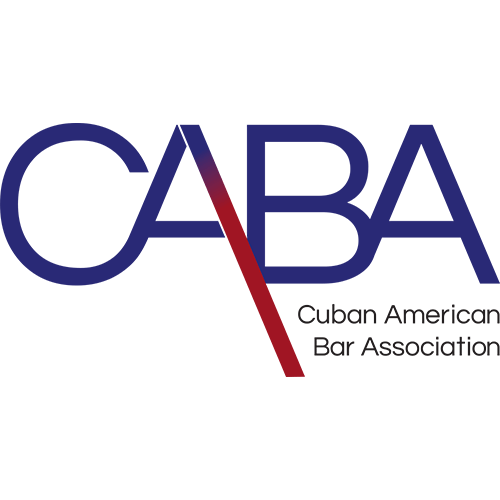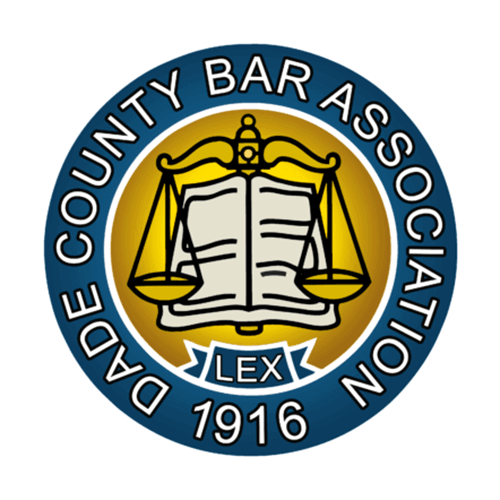Understanding Lawsuits
reviewed for Accuracy
The content on this page has been produced and reviewed in accordance with our editorial guidelines. This content has been reviewed and approved by founding Personal Injury Attorney Jack G. Bernstein who has over 40 years of legal practice experience.
If you feel your attorney has mishandled your lawsuit, you should seek the advice of an experienced legal malpractice lawyer to understand your possible legal remedies.
The procedure of a lawsuit is unfamiliar to most people, and for that reason what you might see as wrongdoing by your lawyer may be something not out of the ordinary in handling a civil suit. Any lawsuit is a complicated process, and it can be full of unpleasant surprises and frustrating delays. Remember that there are at least two parties to every action, so the schedule and events that take place can be out of your hands, and in some instances out of your lawyer’s hands as well.
With that in mind, some things happen in the same order in any kind of litigation, so you can at least get a general idea of what’s likely to happen in whatever type of case you have. Having that general understanding of how your case should proceed will better allow you to evaluate your attorney’s performance.
The following is a typical civil suit chronology. Your action may be different because of the differences between state laws and procedural rules. Your attorney should help you understand exactly how your lawsuit will fit with this chronology. Remember, your attorney works for you, and he or she should clearly explain every step of the legal process.
- A civil action (as opposed to a criminal or family proceeding, for example) begins with a complaint, usually accompanied by a summons. A complaint is a legal document that lays out the claims that the plaintiff (the person or business bringing the lawsuit) has against the defendant (the person or business being sued). Typically, a lawyer will prepare this document.
- In some states and in federal court, filing the summons and complaint with the court commences the action. In many states, serving the summons and complaint on the other party commences the action. Some jurisdictions prohibit plaintiffs from serving the documents themselves. In jurisdictions where an action is commenced by service, the action can go on for a long time before the court ever becomes involved.
- The defendant has to answer within a certain time (usually about three weeks). The answer says what portions of the complaint, if any, the defendant admits to, what the defendant contests, what defenses the defendant may have, and whether the defendant has claims against the plaintiff or any other party.
- If the defendant doesn’t answer the complaint, the court may enter a default judgment against the defendant. If the Answer contains a counterclaim (against the plaintiff) or a third-party complaint, the party against whom that claim is made also has to answer within a certain time.
- The parties exchange documents and other information about the issues relevant to the litigation, by a process called discovery. Discovery can take three forms: written questions (usually interrogatories) which must be answered under oath; document production; and depositions, which are formally transcribed and sworn statements taken in front of a court reporter or other court officer. The information is used in preparing the case for trial.
- Sometimes, the parties can voluntarily resolve all their issues through Alternative Dispute Resolution such as mediation or a negotiated settlement. The parties can also agree to binding arbitration. Some states and the federal system require litigants in civil actions go through alternative dispute resolution in some form.
In many cases, one or both of the parties will try to get rid of the case, or a portion of it, by motion. Basically, the parties present to the court those issues that are not in dispute, either because the parties agree as to the facts, or because application of the law to the facts dictates a result. This is a hard concept. The theory is that, if a claim or lawsuit cannot possibly win, it is better for the judge to deal with it before wasting time or money. Unfortunately, this practice can be lengthy and expensive.
- If the parties do not reach an agreement, and if the matter is not disposed of by motion, the case will go to Trial. In most civil cases, either party can choose to have a jury.
- At trial, the attorneys present evidence and arguments for each side, and the judge or jury decides the unresolved issues. Once the judge or jury has reached a decision, the judge will order that Judgment be entered for the party who wins. The judge may also order that one party pay the other’s attorneys’ fees, although such awards are unusual.
- Either or both parties can Appeal a judge’s decision to a higher court. But it’s unusual for an appeals court to overturn a judge’s decision. Also, remember that settlements usually cannot be appealed if both parties agree to their terms.
It’s hard to say how long all these steps will take in your case. The entire process can take from as little as six months, to as long as a few years. Generally speaking, the less money at stake, and the more issues that can be resolved before trial, the smoother and faster the lawsuit will go.
If you feel your attorney has mishandled your lawsuit, you should seek the advice of an experienced legal malpractice lawyer to understand your possible legal remedies.
DISCLAIMER: This site and any information contained herein are intended for informational purposes only and should not be construed as legal advice. Seek competent legal counsel for advice on any legal matter.






